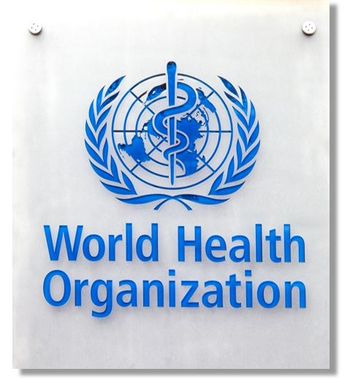
Poor Neighbors of the Wealthy Have Excess Mortality Risk
STANFORD, Calif. -- Being poor in a rich neighborhood may be a health hazard, according to researchers here.
STANFORD, Calif., Nov. 1 -- Being poor in a rich neighborhood may be a health hazard, researchers here reported.
Mortality rates for those on the lowest rung of the socioeconomic ladder were highest in most financially advantaged neighborhoods and lowest in the most disadvantaged areas, according to a large, longitudinal study of four California cities.
Contrary to what was presumed, those of low socioeconomic status who live in neighborhoods with a high socioeconomic status "do not benefit from the higher quality of resources and knowledge" of their neighbors, wrote Marilyn Winkleby, M.P.H., Ph.D., of Stanford, and colleagues, in the December issue of the American Journal of Public Health.
The probability of dying in 10 or 15 years of follow-up was 11.6% for women of low socioeconomic status in rich neighborhoods compared with 6.7% in moderate-income areas and 2.8% in low socioeconomic status areas, For men, the probabilities were 10.4%, 7.7%, and 6.5%, respectively.
However, the researchers cautioned that these findings do not mean low-income people would be better off living in less well-to-do neighborhoods. They may "benefit from a higher quality of life in other unmeasured ways or that their children may benefit from amenities in such neighborhoods, such as safer and higher quality schools," Dr. Winkleby and colleagues wrote.
The researchers analyzed data from the population-based Stanford Heart Disease Prevention Program that followed mortality outcomes for an average 17.4 years. The National Institutes of Health-funded analysis included 4,476 women and 3,721 men (ages 25 to 74 at baseline) living in the Northern California cities of Monterey, Salinas, Modesto, and San Luis Obispo.
During the follow-up period, there were 1,148 deaths. For low socioeconomic status women, the investigators found the following mortality rates:
- 1,907 per 100,000 person-years in high socioeconomic status neighborhoods,
- 1,323 per 100,000 person-years in moderate socioeconomic status neighborhoods and
- 1,128 per 100,000 person-years in low socioeconomic status neighborhoods.
For low socioeconomic status men, the researchers reported the following mortality rates:
- 1,928 per 100,000 person-years in rich neighborhoods,
- 1,646 per 100,000 person-years in middle-class neighborhoods, and
- 1,590 per 100,000 person-years in poor neighborhoods.
As was expected from previous studies, death rates were higher among lower-income individuals. The age-adjusted risk of death was 70% higher in poor women and 74% higher among poor men living in neighborhoods with high socioeconomic status compared to rich men and women in the same neighborhoods. There was no clear trend in mortality among moderate and high socioeconomic status participants by neighborhood status.
Neighborhood socioeconomic status was defined by five census variables (percent of residents ages 25 and older with less than a high-school education, median annual family income, percent blue collar workers, percent unemployed, and median housing value). The bottom 25% was classified as low, the middle 50% as moderate, and the top 25% as high. Individual participants' socioeconomic status was defined by a composite of educational level and household income and classified by evenly-divided tertiles.
Approximately 83% of the participants were non-Hispanic Whites, 69% were married, and 78% had lived in their community for at least five years. All educational and income levels were adequately represented, the researchers said.
The low-income group living in high-income neighborhoods had significantly more education, higher median household income among men, lower prevalence of obesity among women, and higher levels of cardiovascular disease knowledge but higher mean age and higher prevalence of hypertension among men than the low-income group living in low-income areas (P<0.05).
The researchers suggested two mechanisms to explain the excess mortality among poorer individuals in richer communities: They may have less disposable income for essential goods and services because of factors such as higher housing costs, have to work longer hours with less time for healthy activities, and live farther from social services like free community clinics than those in less well-to-do neighborhoods. Or, their "low relative standing in their communities" may contribute to a range of psychosocial factors that influence health behaviors or neuroendocrine or immune functioning.
However, they acknowledged that the findings could be limited by self-selection factors among people who moved into certain neighborhoods. They also noted that they did not measure the length of time people were exposed to their neighborhood
environments and whether they lived in the same type of neighborhood over time.
The investigators concluded that public health programs "need to focus more attention on people of low [socioeconomic status] who live in more advantaged neighborhoods who represent a potentially 'hidden' population at high risk of death."
Newsletter
Enhance your clinical practice with the Patient Care newsletter, offering the latest evidence-based guidelines, diagnostic insights, and treatment strategies for primary care physicians.
























































































































































































































































































